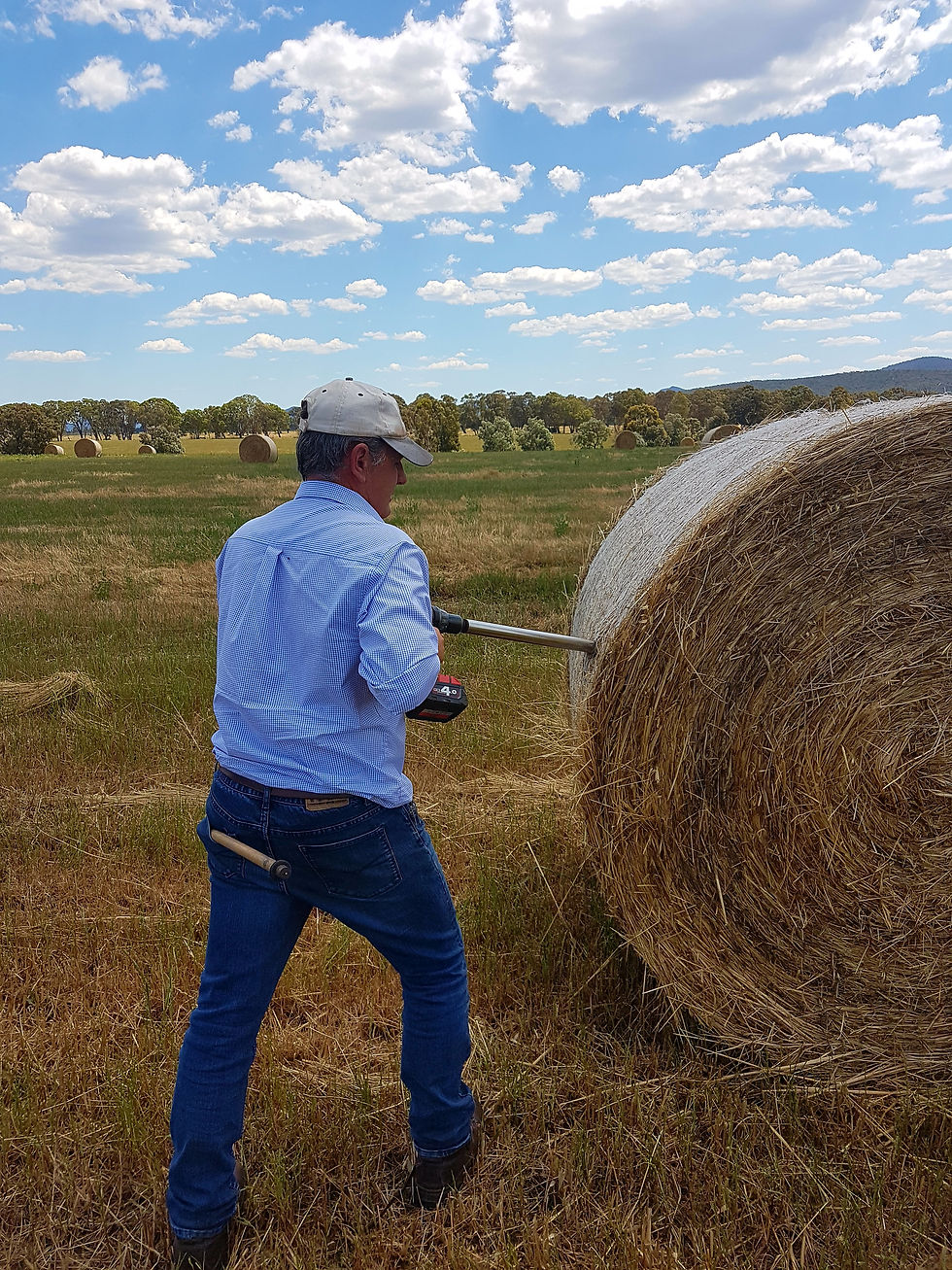GETTING THE MOST OUT OF YOUR WINTER PASTURES
- Rebecca Thorn

- Sep 3, 2020
- 4 min read

With most areas having a drier than average winter, we have seen pastures that have grown at twice the normal growth rate in some areas. For many this has meant that pastures were growing faster than the animals could graze it. Sounds like a good problem to have right? Well it does have some negative effects. For the farmers that are set stocked it was probably a good thing as plants were able to increase leaf area allowing, for more available solar panels to harness the energy from the sun. This increased growth then leads to the animals grazing very short leafy material from the grass. When we test the leaf tips we find that the material is high in energy, this is good, super high in protein, however this can cause some problems. Also, super low in fibre, once again more problem here. So our animals are now eating a feed stuff that isn’t balanced and the excess protein and low amount of fibre will have an negative effect on turning grass into meat, milk or wool.
For most of our animal classes on farm, a total diet protein level of 14- 16% CP will be fine. Some of the smaller weaners might need 18% CP but being smaller animals they generally don’t eat too much. Most, if not all, of the pastures and grazing crops that we see on farm at the moment will be substantially higher in Crude protein levels than the animal needs. Well more is better is it not? Well not in the case of protein, first of all we need to understand that all proteins are not created equal. As crude protein percentage is just a calculation (N level x 6.25) we can see forage test that are artificially elevated with nitrogen based fertilisers. Meaning that if I put a big lick of urea on my grass and put the animals on to graze before the urea is all utilised in the plant (normally 21 plus days post spreading), then I risk giving my animals not only nitrate poisoning but I load the animal up with protein that they don’t need. Not only do they not need it, but this potentially toxic amount of protein has to be excreted by the animal. This process involves a lot of energy, pulling unused protein out of the rumen through the rumen wall into the blood filtered by the kidneys, where it is then turned back into urea and excreted via the urine back out onto the pasture. The energy cost on the animal for this process is massive, utilising energy that could have been used to increase fertility, or meat and wool production.
Physically the leaf tips that the animals are eating rapidly turn to soup once it hits the rumen liquor. Having the fed stuff digest so quickly effects the ability for the animal to function as a ruminant but also in many cases the feed stuff flows through the digestive tract so fast that much of it’s energy is digested too late to be absorbed by the animal. Without a level of fibre the animal doesn’t need to chew its cud because there is no rumen raft floating around. The animal chews its cud to break the fibre down even more for digestion, it is also increasing salivation which has levels of bicarb in it to help the animal buffer the rumen from pH drops. The fibre raft also acts like a sieve slowing down the foods passage through the rumen, allowing the bugs more time to break down the feed stuff and extract all available nutrients.
Ok… so how do I help balance out the pasture that I see in the paddocks so that the animals have the best chance to convert that into saleable product? The best way is to block graze the animals using electric fences. By putting grazing pressure on the animal, they are forced to eat the leaf tips and the stems together balancing out the rate of digestion. The animals will convert the feed better as the rapidly digested leaf tips are slowed down by the more fibrous plant stems, allowing for a better-balanced feed. Protein levels in the stem are far lower than the leaf, diluting the final total diet crude protein percentage. If you are unable to restrict your grazing area, then offering the animals a fibre source like straw can be useful. In some cases the animals won’t freely eat the straw, I guess it is like asking your kids to eat veggies when they have ice- cream in front of them!
TPM boost go has been developed to work by slowing down the flow through rate of very digestible grass or cereal crops. The Salt attracts the animals to the free choice minerals and the added bentonite swell in the animal’s rumen physically slowing the rate of passage for the feed stuff. Boost Go’s added Magnesium supplements the usually low levels in plants especially cereals. Low Dietary magnesium levels can lead to grass tetany issues.
Signs that your animals are not utilising the feed stuffs well will be dark loose manure, sometimes with bubbles in it, high dag scores in sheep and animals that are very nervy and easily spooked.
If you need help planning how to best utilise the grass grown this winter, please don’t hesitate to contact the TRAC field staff for a tailor made grazing plan.
Our Consultants
EXPERTS IN RUMINANT PRODUCTIVITY
Mark Facy
0427 243 320
Owen Rees
0429 437 823
Mikaela Baker
0457 243 319
To download a copy of this article, please click the link below...
#sheep #flockboost #beef #bovineboost #dairy #tracanimalhealth #pastureutilisation





Comments